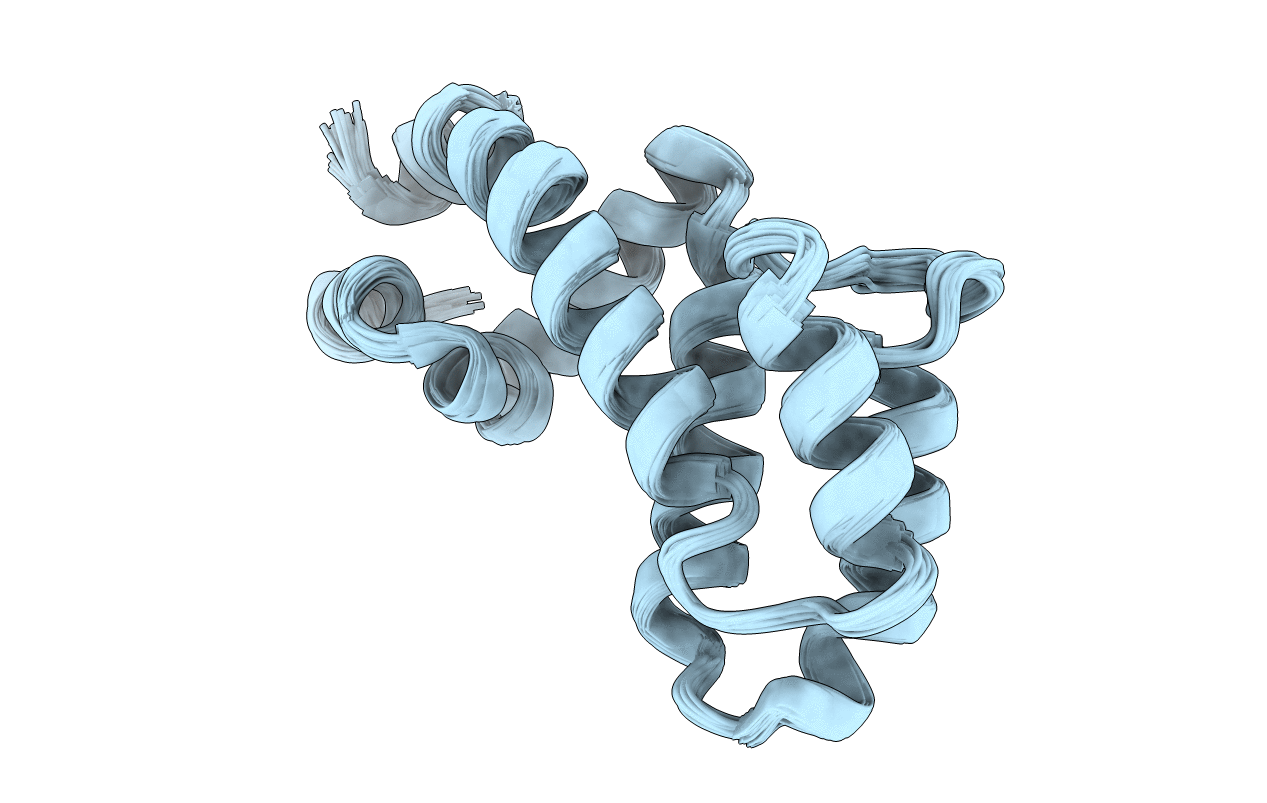
Deposition Date
2000-05-12
Release Date
2001-01-15
Last Version Date
2024-05-22
Entry Detail
PDB ID:
1EZY
Keywords:
Title:
HIGH-RESOLUTION SOLUTION STRUCTURE OF FREE RGS4 BY NMR
Biological Source:
Source Organism:
Rattus norvegicus (Taxon ID: 10116)
Host Organism:
Method Details:
Experimental Method:
Conformers Calculated:
100
Conformers Submitted:
30
Selection Criteria:
structures with acceptable covalent geometry,structures with favorable non-bond energy,structures with the least restraint violations,structures with the lowest energy,target function


